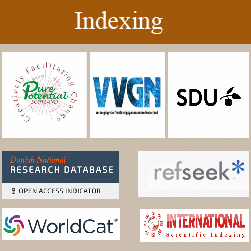Probing Leishmania donovani Metabolism in 3D Culture: New Perspectives on Drug Targets
Author(s):
Dhamyaa Kareem Kadhim
Objective: The goal of the research was to investigate Leishmania donovani (L. donovani) metabolism in a 3D culture environment and find possible targets for metabolic drugs.
Methods: Different metabolic experiments were performed on two strains of L. donovani (LD1S and LD2B) that were cultivated in 3D spheroids. In order to comprehend the metabolic processes of L. donovani, glucose intake, lactate generation, and lipid utilization were evaluated. Hexokinase (HK) and fatty acid synthase (FAS), two important enzymes implicated in these metabolic pathways, were recognized as potential therapeutic targets. HK and FAS were knocked down in the parasite using CRISPR-Cas9 technology to validate these targets, and the effects on growth and viability were statistically evaluated.
Results: In the 3D culture, L. donovani showed a strong growth pattern and significantly increased in diameter over the course of 14 days (p<0.001). When compared to earlier 2D investigations, metabolic tests revealed that 3D cells consumed much more glucose and used lipids (p<0.001). In comparison to wild-type strains, HK and FAS knockdown strains drastically decreased their use of lipids and glucose, respectively (p<0.001). In comparison to the wild-type strains, both knockdown variants demonstrated significantly less growth and vitality (p<0.001).
Conclusion: Our results demonstrate the value of 3D culture for investigating the metabolism of L. donovani, and they also identify and verify HK and FAS as prospective therapeutic targets. These discoveries could open the door for the creation of novel treatment approaches to treat L. donovani infection. The parasite's considerable growth and survival decrease when these metabolic pathways are interrupted is supported by statistical evidence, opening the door for future therapeutic development.



